Not yet. Not now. Not when too many things are going on for the country to handle. And not when a new administration is coming in by the middle of next year.
The RCEP — or Regional Comprehensive Economic Partnership, a proposed free trade agreement (FTA) between the ASEAN members (the Philippines, Indonesia, Malaysia, Singapore, Thailand, Brunei, Burma, Cambodia, Laos, Vietnam) and Australia, China, Japan, South Korea, and New Zealand — needs to go through Senate concurrence (not ratification, that is done by the President) if it is to be effective vis-a-vis the Philippines.
Already, Singapore, Thailand, Brunei, Cambodia, Laos, Vietnam, Australia, China, Japan, and New Zealand (or 10 of the 15 signatories) are executing the RCEP in accordance with their own constitutional processes.
On paper, the RCEP does seem significant, covering (at least according to the press releases) “a market of 2.2 billion people, or almost 30% of the world’s population, with a combined GDP of 26.2 trillion US dollars or about 30% of global GDP.” And yet, this again needs to be asked repeatedly: what does RCEP really do for the Philippines?
Even assuming the RCEP does bring benefits, the more important question is: at what cost? This is not even considering RCEP’s unforeseen consequences on a Philippine economy under pandemic conditions.
And for all of RCEP’s vaunted GDP coverage, a free trade agreement however is about trade. And the RCEP on that score admittedly merely accounts for “28% of global trade (based on 2019 figures)” of countries at varying degrees of development.
It’s a fairly intricate, complicated document, covering 20 chapters (not counting the opening and signing section), plus four Annexes of country “Schedules.” It covers the usual (e.g., trade in goods, rules of origin, services, etc.), as well as some relatively new areas (e-commerce and SMEs).
That alone should also raise concerns on what the “noodle bowl” of trade agreements will have on our overworked bureaucracy. The depth and complexity of RCEP leads to further questions on Philippine companies’ capacity for utilization of benefits. After all, we’re still trying to attain the rewards promised by AFTA, JPEPA, and others.
Set aside the fact that our closest security ally, the US, is excluded from the agreement, the Philippines already has free trade agreements with all of the RCEP countries: Indonesia, Malaysia, Singapore, Thailand, Brunei, Burma, Cambodia, Laos, Vietnam, Australia, China, Japan, South Korea, and New Zealand. What the RCEP brings that the other FTA’s don’t needs further elucidation.
Because the RCEP is more than just a trade agreement. It is also a strategic geopolitical tool that could have repercussions on sovereignty and security. The most troublesome aspect of the RCEP in this regard is its close identification with China.
As the National University of Singapore East Asian Institute’s Yu Hong puts it (“RCEP: The benefits, the regret and the limitations,” 2020): “With the signing of the RCEP agreement, China is the biggest winner in terms of economic development and geopolitics. Being part of the RCEP is advantageous to China in the face of the triple threat of the China-US trade war, geopolitical changes and global recession due to COVID-19. It also offers China more room to maneuver in the China-US trade war and as China’s diplomatic relations with the world deteriorate.”
So, while indeed 13 other countries may have agreed to sign on to a deal with China, nevertheless, those countries have not had 150,000 of their workers (others estimate 200,000) enter the Philippines these past few years, plus an additional 3.3 million of their tourists or those otherwise “visiting.”
Add to that the logical increased access that China will have to our domestic market, with the possibility of our current pandemic measures-hampered local industries being overwhelmed by a deluge of competing cheaper Chinese products, either by simple surge in imports or through outright dumping.
Add to that loans that a former Supreme Court justice felt the need to call out. Plus, the reported P1.365 billion in unpaid taxes and other fees by Chinese-run POGO firms.
Add the $1.1-billion trade deficit that we endure against that country.
And let us not forget their continued intrusion and poaching of our territory in the West Philippine Sea, with damages (according to some estimates) amounting to P200 billion.
This is within the context of 4.25 million Filipinos currently unemployed, with around 6.18 million underemployed. And an outstanding national debt currently at P11.97 trillion.
Even the supposed benefits RCEP touts is open to question. Due to its coverage, it is not the most open of free trade agreements. Add to that significant looseness as far as labor standards, intellectual property, competition, and environmental protection are concerned.
Finally, in these pandemic times, the problem of “adverse selection” comes in. Now is simply not the time to increase foreign entanglements when the Filipino people are struggling to make a living, while having to decide who its next president will be in the next several months.
Jemy Gatdula is a senior fellow of the Philippine Council for Foreign Relations and a Philippine Judicial Academy law lecturer for constitutional philosophy and jurisprudence https://www.facebook.com/jigatdula/
Twitter @jemygatdula
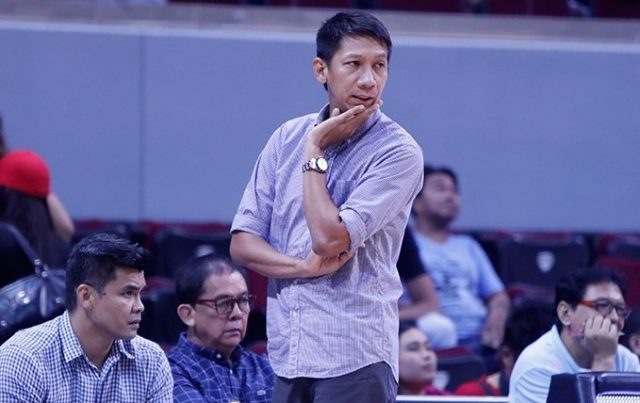

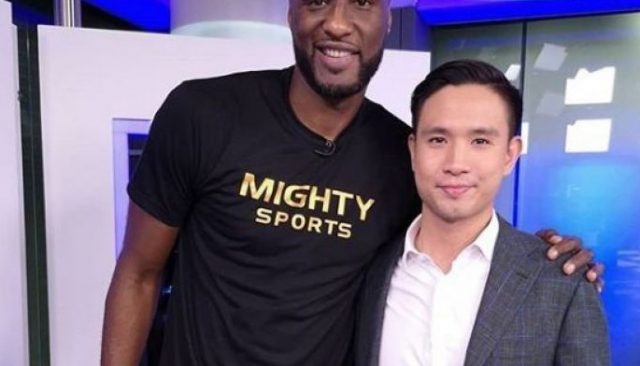
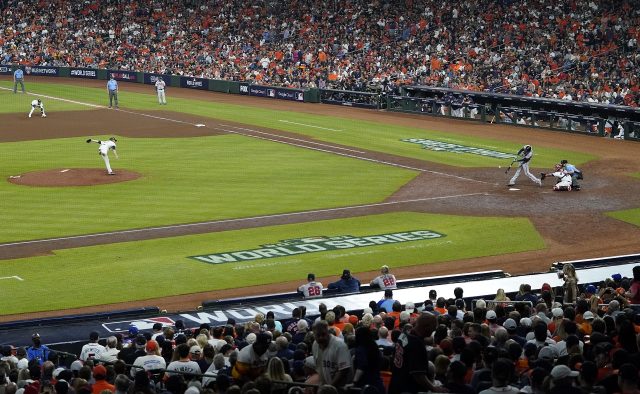


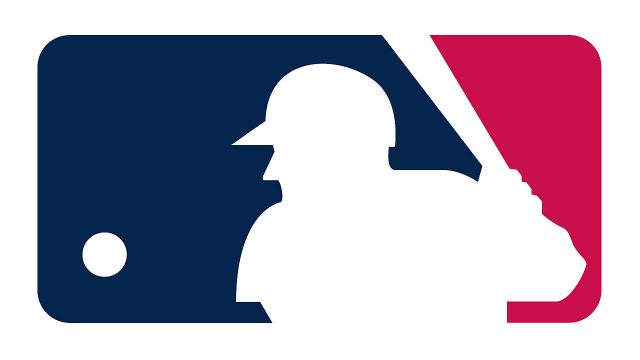

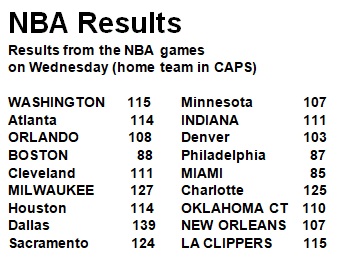 The Milwaukee Bucks battled back from an 18-point deficit and Giannis Antetokounmpo scored a go-ahead layup with two seconds left in regulation to beat the visiting Charlotte Hornets (127-125) on Monday night to earn their eighth straight win.
The Milwaukee Bucks battled back from an 18-point deficit and Giannis Antetokounmpo scored a go-ahead layup with two seconds left in regulation to beat the visiting Charlotte Hornets (127-125) on Monday night to earn their eighth straight win.


![Wavy_Eco-03_Single-02 [Converted]](https://www.bworldonline.com/wp-content/uploads/2021/12/Wavy_Eco-03_Single-02-Converted-640x638.jpg)